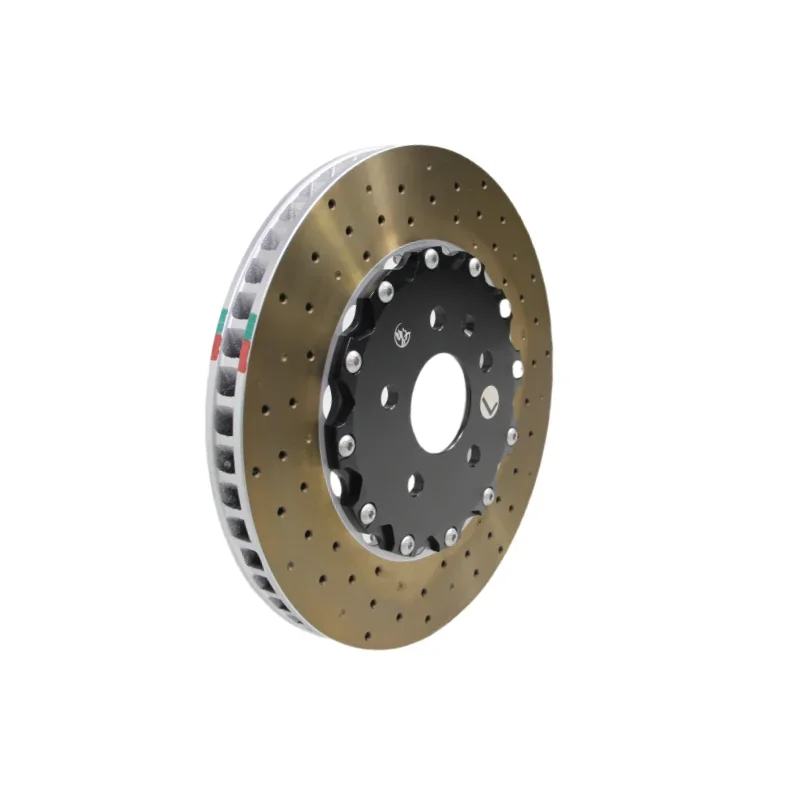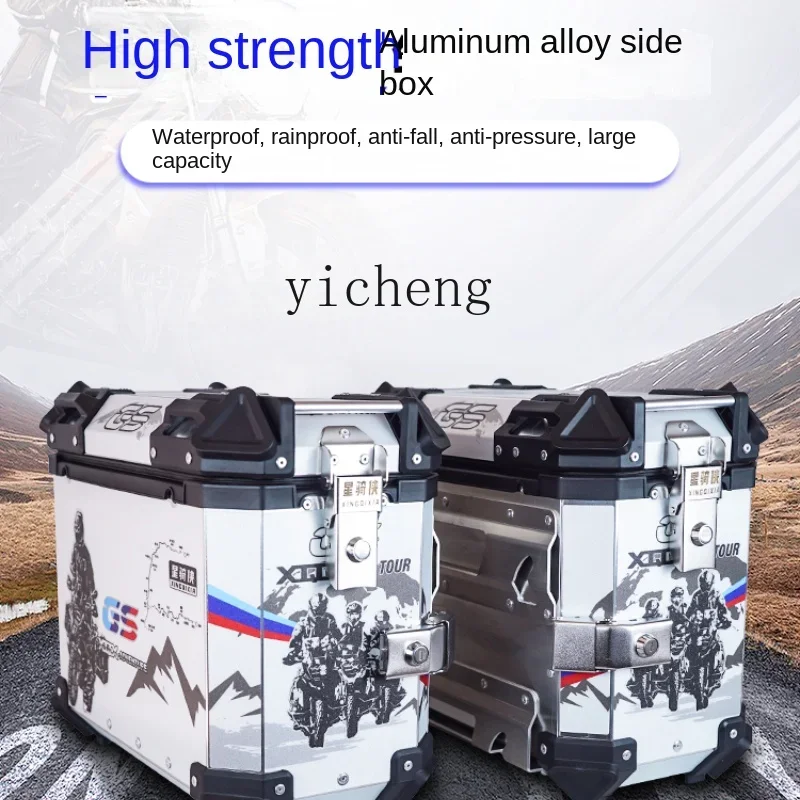
Scribing Perforated Brake Disc 2-piece Brake Disc for BMW X5M G05 Original High-performance Brake Disc
Price: USD 396.28 - USD 421.57Category: Wear Parts
Shop now and enjoy exclusive discounts! Scribing Perforated Brake Disc 2-piece Brake Disc for BMW X5M G05 Original High-performance Brake Disc. Experience the quality Wear Parts!

Outdoor Gazebo, for Patio 10x12, Metal Frame Canopy with Double Roofs, Shelter with Mosquito Netting and Privacy Screen
Price: USD 211.62 - USD 423.23Category: Garden Supplies
Shop now and enjoy exclusive discounts! Outdoor Gazebo, for Patio 10x12, Metal Frame Canopy with Double Roofs, Shelter with Mosquito Netting and Privacy Screen. Experience the quality Garden Supplies!

RWJ Solid Wood Light Luxury Sofa Storage Chest of Drawers Household Storage Simple Small Stand Cabinet
Price: USD 316.66 - USD 422.22Category: Home Decor
Shop now and enjoy exclusive discounts! RWJ Solid Wood Light Luxury Sofa Storage Chest of Drawers Household Storage Simple Small Stand Cabinet. Experience the quality Home Decor!

ZC suitable for dl250 motorcycle three boxes gw250 aluminum alloy side box tail box DL150 trunk
Price: USD 315.10 - USD 420.14Category: Motorcycle & ATV
Shop now and enjoy exclusive discounts! ZC suitable for dl250 motorcycle three boxes gw250 aluminum alloy side box tail box DL150 trunk. Experience the quality Motorcycle & ATV!

Push button control box control box button switch start stop electric box SW-4-1P
Price: USD 360.58 - USD 424.21Category: Motorcycle Parts
Shop now and enjoy exclusive discounts! Push button control box control box button switch start stop electric box SW-4-1P. Experience the quality Motorcycle Parts!

Iron Triangle VM520EB Dynamic Magnetic Head AuidoTechnica VM520 Stylus, National Bank
Price: USD 253.02 - USD 421.70Category: Home Textile
Shop now and enjoy exclusive discounts! Iron Triangle VM520EB Dynamic Magnetic Head AuidoTechnica VM520 Stylus, National Bank. Experience the quality Home Textile!

Modern Nordic Dining Chairs Restaurant Gaming Designer Ergonomic Dining Chairs Lounge Portable Sillas Lounge Suite Furniture
Price: USD 211.95 - USD 423.90Category: Home Furniture
Shop now and enjoy exclusive discounts! Modern Nordic Dining Chairs Restaurant Gaming Designer Ergonomic Dining Chairs Lounge Portable Sillas Lounge Suite Furniture. Experience the quality Home Furniture!

Auto Bodykit Side Rear View Mirror for Car Blind Spot LED Rearview Mirrors for Model Y 1514952-00-C 1514953-00-C
Price: USD 412.10 - USD 424.85Category: Measurement & Analysis Instruments
Shop now and enjoy exclusive discounts! Auto Bodykit Side Rear View Mirror for Car Blind Spot LED Rearview Mirrors for Model Y 1514952-00-C 1514953-00-C. Experience the quality Measurement & Analysis Instruments!
